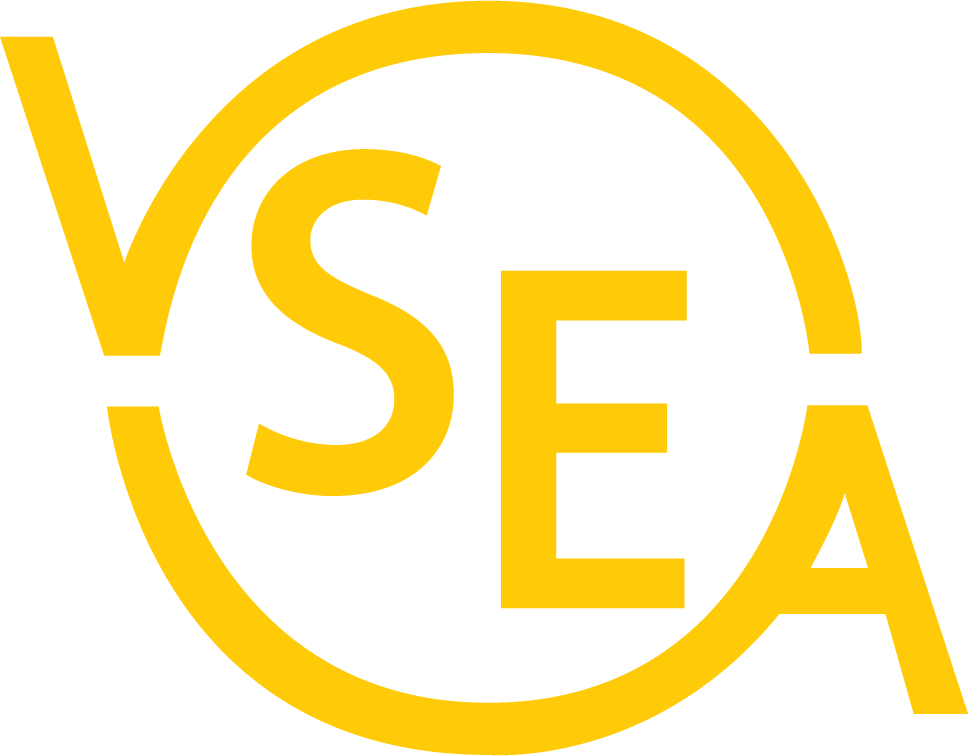(This was written by former State Representative George Cross of Winooski, a longtime educator and former Superintendent of Schools. It was posted to www.greenmountaindaily.com)
Let’s set the record straight.
As the state administration struggles to meet the challenge of decreased revenue much has been written about the administration’s justification for cutting the Community High School of Vermont (CHSVT) budget by half. However, very little has been written about CHSVT’s size, the reductions in staff or the improvements in programs over the last several years. Here’s that record:
The school has about 650 students – 504 enrolled students, plus an additional 150 students participating in workshops, seminars and internships. Last year, students earned 332 trade certificates and more than three-dozen students completed high school.
Since 2008 the school has eliminated all 66 adjunct teaching positions. Adjuncts were very part-time positions working between 5 and 15 hours per week and paid between $15 and $20 dollars per hour.
Since 2008 the school has reduced its faculty by 9 full-time certified teachers and two of the current positions are frozen and unfilled. It is doubtful these positions will ever be filled. Thus, the school has eliminated 11 teaching positions in the last 7 years. Plus 5 limited-service positions funded via federal funds are questionable in the future.
Since 2008 the school has eliminated the Director of Special Education position and those duties have been assigned to others. In the same period the Superintendent’s position has been combined with the Director of Vermont Corrections Industries which is basically another reduction in the administrative staff of one-half position although the full salary for this combined position is carried in the CHSVT budget.
It is estimated that these reductions in staffing have reduced the school’s personnel costs by about $1.4M per year. That is about a 25 percent reduction in the school’s budget!
While all of this was happening other substantive programmatic changes occurred. The school has restructured its learning plans, instructional activities, and language to mirror the DOC’s focus on risk reduction and the criminogenic needs of offenders. CHSVT supports case plan compliance for offenders who are identified by the DOC’s assessment as in need of a high school diploma and/or career readiness skills to reduce their risk of reoffending. Thus:
- All enrolled students have personalize learning plans that outline their learning goals, areas of need and method of achieving their goals
- Students are offered two learning tracks – diploma seeking and/or career readiness
- Graduation requirements were intensified and are now based on measured proficiency
- All course offerings align with Common Core State Standards. Curriculum, course content and learning activities are proficiency based
- Enrolled students are assessed for educational progress on a quarterly basis
- Career and technical courses and workshop offerings have an associated industry certification – school now focuses on connecting offerings to the world of work
- Restructuring of staff – while teachers were once assigned to specific campuses, they are now assigned to regional teaching teams
- With the elimination of adjuncts, CHSVT reduced the number of course offerings and concentrated on those content areas that students needed to address their learning goals in their personalized learning plans
- All teachers are trained in writing, reading and math content and strategies for teaching adult learners
- Restructure of Administrative support of school – Administrative, Educational Technology, data collection, special education – centrally administered
- Restructure of Title 1 Services
- Implementation of Student Information System in 2013, that has delivered accurate and timely data
This commitment to continuous improvements that enhance CHSVT’s ability to meet the budgetary challenges and its educational obligations is precisely why, according to a recent study by Rand every dollar invested in corrections education can yield a savings of four to five dollars for taxpayers.
Further cuts only ensure more inmates return to our communities unequipped to get their lives back together and stay out of jail.
Please encourage your legislator to support adequate funding for this important school.
George C. Cross
Chair, Community High School of Vermont State Board

